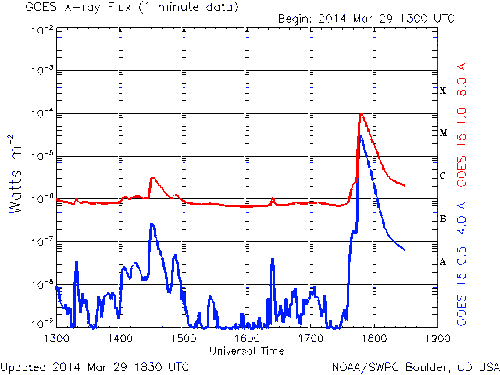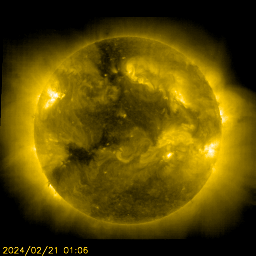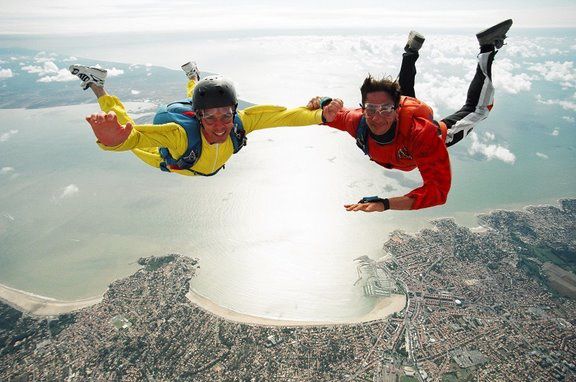29 mars 2014
6
29
/03
/mars
/2014
19:31
Après 2 classe M, hier soir, une petite X, ce soir....

Aucun danger, même si cela nous touchera. 2017 est en dehors de la zone dangereuse.













